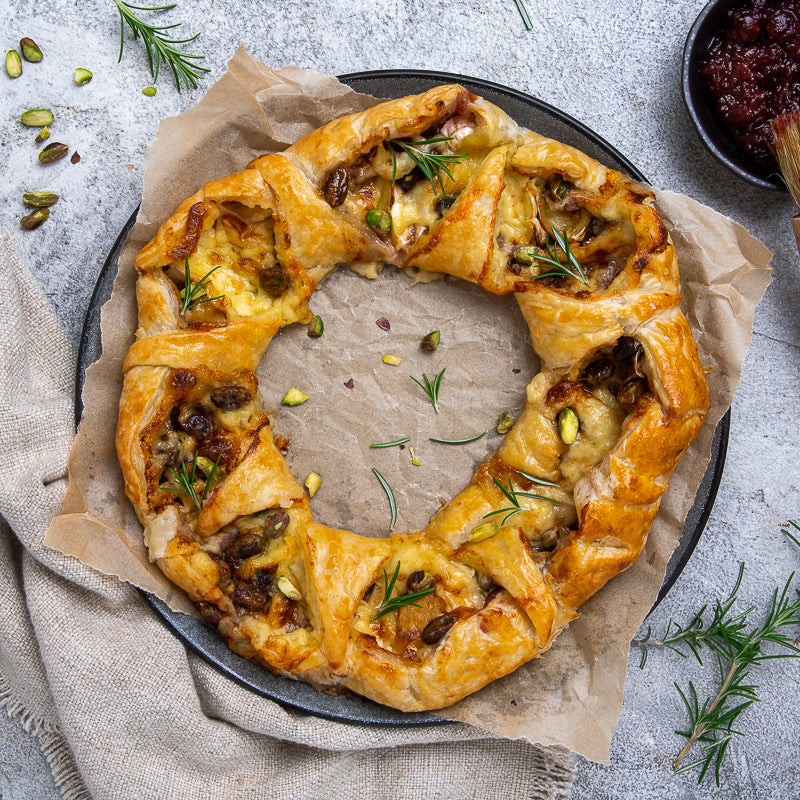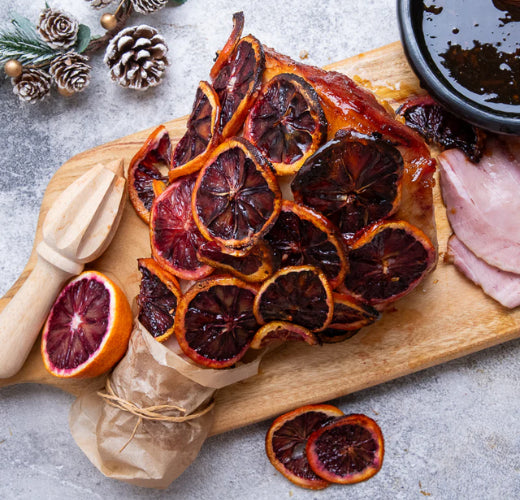Written by Georgia Scapens for FoodSt

Recently I looked after my five-year-old niece while I worked from home. When midday arrived without warning (along with a number of work deadlines), I had no choice but to slice open a vacuum-packed bag of gourmet pumpkin soup and throw it in the microwave. My niece watched on, intrigued. “My mum makes soup, too,” she said thoughtfully, “but it must be a different kind. It starts as a pumpkin. And it takes too long."
I felt a bit concerned that my niece would identify bagged soup as a distinct food on its own, as opposed to what is really is – a preserved and packaged version of the real thing – and I felt guilty for modelling the ‘quicker is better’ approach. Then I checked the packet and realised I’d also fed her over half of her entire sodium intake for the day, and that for a fraction of the price (and a tiny bit of planning) I could have served four times as many. I decided she and I both had a lot to learn about fast food.
When we buy packaged, frozen, unidentifiable meals that are so far removed from their original source, we become disconnected from what we eat and we rob ourselves of the lovely ritual of preparing and appreciating food. We need to stop modelling the idea that time-saving is more valuable than money or the environment, and that convenience is more important than nutrition or spending time together. We need to teach the younger generations about real food, but the issue remains: on many occasions we do not have time to cook.

But there is another way. Our children don’t have to see the food being prepared in order to appreciate the time, energy and ingredients that went into it. If we source home-cooking through others, give thanks to the cooks who have prepared it and engage in discussion about where it has come from, we can still teach our children to understand and appreciate real, wholesome food – even if we don’t have the time to make it ourselves.






Leave a comment (all fields required)